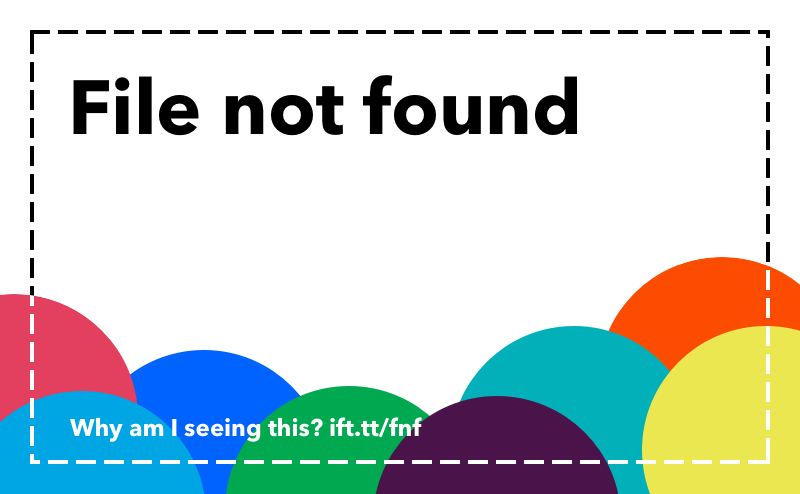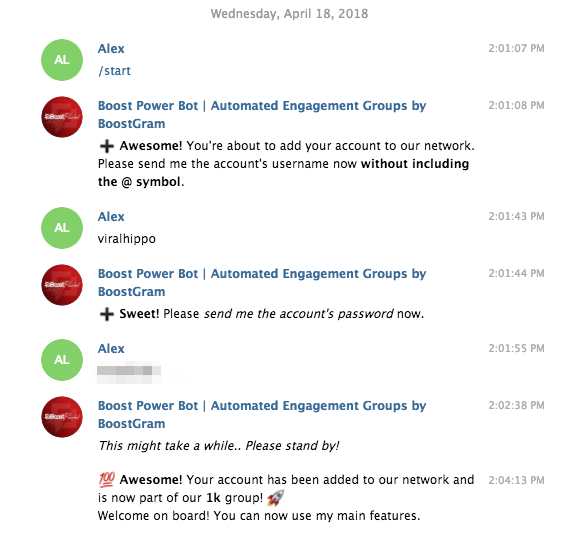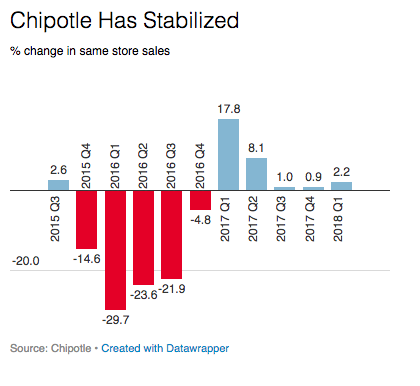When the last Toys ‘R’ Us store closes its doors once and for all, the company's top executives will have pocketed some $8.2 million in retention bonuses for sticking around long enough to liquidate the company. Wall Street firms that loaded Toys ‘R’ Us with debt when they bought it in 2005 will have collected millions in fees from the company, even if they ultimately lost the majority of their investment. And employees like Ann Marie Reinhart, who worked as a supervisor at Toys ‘R’ Us for 29 years, will walk away with nothing.
Reinhart, 58, was a full-time supervisor at a Toys ‘R’ Us store in Durham, North Carolina, until she was laid off when her store closed in early April. Because Toys ‘R’ Us didn’t give her or her coworkers any severance, Reinhart is looking for a job and getting by on the wages her husband earns delivering auto parts.
“We can’t survive on his salary very long,” she said. “We’ve already dipped into our savings to pay bills.”

Ann Marie Reinhard, a former employee of Babies 'R' Us, is photographed at her home in North Carolina.
Caitlin Penna for BuzzFeed News
Reinhart is among the chain’s 30,000 employees who found out they would be laid off without severance when Toys ‘R’ Us announced it will close 735 stores in the US after failing to recover from bankruptcy. The company told workers in a March letter reviewed by BuzzFeed News that it has no money to pay severance — but even if it did have the cash, federal labor law doesn’t obligate it to do so.
Toys ‘R’ Us’s epic collapse illuminates Wall Street’s role in the retail apocalypse that has prompted a string of bankruptcies at private equity–backed retail companies, from Nine West, bought by Sycamore Partners in 2014, to Claire’s, bought by Apollo Management in 2007. Thirty-three percent of retail job losses from 2016 through 2017 resulted from private equity–backed store closures, according to a report from Inflection Capital Management, an equity management consulting firm. As the retail industry confronts the rise of e-commerce and rapidly changing consumer behaviors, many companies that took on debt in private equity buyouts to acquire cash are folding.
"It seems likely we're about to see lots more bankruptcies like Toys 'R' Us, which means trouble for low-wage workers."
“To be in retail now, you need to be unique; you need to offer something you can’t get online. And typically private equity firms tend to cut back,” Josh Kosman, author of The Buyout of America: How Private Equity Will Cause the Next Great Credit Crisis, told BuzzFeed News. “They’re not improving their stores and their product lines because the companies they buy have so much debt. So they’re not well-positioned to survive Amazon. And the consequences are, if revenue continues to fall, ultimately they will probably collapse.”
As other private equity–backed companies like Toys ‘R’ Us fail to pay down debt in a rapidly changing retail environment, experts are predicting that more minimum-wage retail workers may soon find themselves without jobs.
“The retail industry is in the cross-hairs of private equity, given its declining profit margins and the increasing dominance of online retailers like Amazon. But here's the big problem. Retail jobs account for a large portion of low-wage jobs in America. It seems likely we're about to see lots more bankruptcies like Toys 'R' Us, which means trouble for low-wage workers,” former US Labor Secretary Robert Reich told BuzzFeed News.

The Babies 'R' Us in Lexington, Kentucky where Alisha Hudson used to be employed.
Maddie McGarvey for BuzzFeed News
Private equity buyouts in retail like Toys ‘R’ Us’s increased in the early ’00s, when struggling retailers, including Sports Authority, Claire’s, and Payless ShoeSource, turned to private equity firms for new ownership.
When a company sells itself to a private equity fund, it takes on a high-interest loan with hopes that the new owners will drive enough profit growth to pay off the debt. It’s like taking on a high-interest payday loan. When private equity buyouts go well, they can help a company cut operations costs to maximize profits. But if the company doesn’t trim down its debt, the financial burden “becomes so unsurmountable you can’t get yourself out of it,” Farla Efros, president of the consulting firm HRC Retail Advisory, told BuzzFeed News.
Retailers have made up only 9% of major private equity buyouts in the last decade, but they accounted for 17% of Chapter 11 bankruptcies of private equity-backed companies in the last six years, according to a January report from the international financial services advisory firm FTI Consulting. Toys ‘R’ Us is just one of the biggest retailers to fold.
In July 2005, after struggling for years to compete with big-box retailers like Kmart, Walmart, and Target, Toys ‘R’ Us agreed to a $6.6 billion private equity buyout deal with KKR, Bain Capital, and Vornado Realty Trust in the hopes it would help turn the company around.
The fund spent $1.3 billion of its own money and saddled the company with $5 billion more in debt to buy out the ailing retailer. At the time, John Eyler, the company’s chief executive, optimistically said the deal would mean “Toys ‘R’ Us is going to be around for a long time.”
After its buyout, Toys ‘R’ Us reorganized its corporate structure. It planned to lower operating costs by closing underperforming stores, licensing some offshore stores, and selling some of its real estate to raise cash and repay the debt. But trimming back operating expenses meant shifts at the stores were often understaffed, and employees say Toys ‘R’ Us suffered as a result.
Alisha Hudson was pregnant when she started a part-time job at Babies ‘R’ Us in 2016. She told BuzzFeed News that managers often asked her to stay late at the last minute to help cover shifts, and that she worked anywhere from 36 to 40 hours a week.
“Corporate was very stingy with their hours and their money,” Hudson said. “They would think we could run with less people than we actually needed.”
“The current owners purchased Toys ‘R’ Us, and since then it had slowly gone downhill,” Michael Beymer, who has worked at Toys ‘R’ Us in Tulsa, Oklahoma, for 27 years, told BuzzFeed News.
Beymer said managers were more focused on increasing credit card applications and buyer protection purchases. “It took away time from doing what you need to do, like helping the customers and answering their questions,” he said.

Mikey Fox unpacks in his new apartment in Eugene, Oregon.
Leah Nash for BuzzFeed News
By the time Toys ‘R’ Us filed for Chapter 11 bankruptcy in September, the company estimated its debt at more than $5 billion, and it was paying $400 million a year in interest on the debt. Its debt load and fees equaled nearly half its sales, according to its 2016 annual report. And after holiday sales were “well below worst-case projections,” it announced in March that it would be closing its stores.
Toys ‘R’ Us told BuzzFeed News that it gave all employees 60 days’ notice, which is required under federal law, as well as pay and benefits for the duration of their employment. “We are also doing whatever we can to help employees transition, including job fairs and connecting them to resources available in the various local markets,” it added.
For many employees, the company’s efforts have not been enough.

A shopping cart outside Babies 'R' Us in Gladstone, Missouri.
Barrett Emke for BuzzFeed News
“I don’t think a lot of people realize that when you’re paycheck-to-paycheck, you are very close to the edge,” Mikey Fox, an employee at the Toys ‘R’ Us in Eugene, Oregon, told BuzzFeed News. “When you’re that close to minimum wage already, a few weeks of extra pay will help with that transition period.”
“I don’t think a lot of people realize that when you’re paycheck-to-paycheck, you are very close to the edge.”
Fox has worked part-time at Toys ‘R’ Us on-and-off since 1988 and depends on the $12.73 an hour he earns there to cover his living expenses.
Aly Sanchez, who worked at Babies ‘R’ Us for more than two years, was “devastated” when she learned she would lose her job. “You put so much in one place, and you see these corporate people getting these bonuses — and here we are actually working and trying to make our sales,” said Sanchez, who made $10.85 an hour. “We’re low-income families just trying to work our butt off and we’re not getting anything out of it.”
She started a new job at a hospital this week, but up until then she was planning to rely on her husband’s salary and student loans that she expected to receive in the fall.
And Reinhart is daunted by the prospect of searching for a job after working nearly three decades at Toys ‘R’ Us. She said she never had to write a resume, and she’s never used a job search site.
“I catch myself talking to myself saying, ‘Everything is going to be OK,’” she said through tears. “My husband came home the other afternoon and I was still in my pajamas. He’s never seen me ever like that. But I just didn’t have the gumption to get dressed.”

Aly Sanchez at home in Gladstone, Missouri with her son Benjamin.
Barrett Emke for BuzzFeed News
And because Toys ‘R’ Us is such a big company — it’s the third-largest retailer to ever file for bankruptcy in the US — its employees, like Reinhart and Fox, will likely compete with one another for new jobs. When job-seeking workers without college degrees flood the low-wage market, it can drive wages down and lead to increased economic inequality, Rosemary Batt, a human resource studies and labor professor at Cornell University, told BuzzFeed News.
“Debt is the lifeblood of private equity, but it spells death for companies and joblessness for workers,” she said.
That even an iconic store like Toys ‘R’ Us could collapse underscores the challenges of surviving as a private equity–backed company in a rapidly evolving retail industry.

Families shop at Toys 'R' Us in Gladstone, Missouri.
Barrett Emke for BuzzFeed News
“[Toys ‘R’ Us] was probably not going to be around for many more years, just given the nature of the business it’s in, as a bricks-and-mortar retailer that sells products that are easy to buy on Amazon,” Jonathan Cohn, an associate professor at the McCombs School of Business at the University of Texas at Austin, told BuzzFeed News. “All I can say is the debt from the private equity buyout accelerated its demise.”
In the end, the three private equity firms that bought Toys ‘R’ Us before its march toward bankruptcy lost much of the $1.3 billion they used to take over the company. But an Axios analysis of Toys ‘R’ Us Securities and Exchange Commission filings suggests Bain and KKR brought back in fees more than they lost in equity.
“[Toys ‘R’ Us] was probably not going to be around for many more years. ... All I can say is the debt from the private equity buyout accelerated its demise.”
Wall Street may be learning from its mistakes. The leveraged buyout market reduced from $537 billion in 2016 to $495 billion in 2017, according to Pitchbook, a private equity and venture capital research firm.
“There’s much more today of a due diligence process before actually making an acquisition because of what’s going on,” said Efros, whose firm has been hired to evaluate retail deals on behalf of some private equity firms. “Right now the retail market is not steady stakes.”
As of now, private equity firms are largely unregulated. Dodd-Frank required for the first time that private equity advisers at larger firms register with the SEC. Private equity managers must also file regular federal exams to ensure they are operating ethically, and already several firms have been sanctioned for misleading investors. Sun Capital Partners and Cerberus Capital paid $166 million to settle allegations that they sunk the department store chain Mervyn’s, which went bankrupt in 2008, by selling off valuable real-estate holdings and taking large management fees and dividends. (After Mervyn’s filed for bankruptcy and closed, many of its 18,000 workers did not receive severance, lost vacation pay, and had trouble collecting on their 401(k)s.)
While tax reforms passed in December put slight restrictions on how private equity is able to use leveraged buyouts, Rep. Bill Pascrell, a Democrat from New Jersey, told BuzzFeed News that “by and large the practice continues.”
“Sadly, Republicans in Congress have spent most of this year loosening the guardrails on Wall Street rather than taking on predatory private equity firms like the ones that put Toys ‘R’ Us out of business,” he said.

Alisha Hudson at her home in Lexington, Kentucky.
Maddie McGarvey for BuzzFeed News
As Toys ‘R’ Us settles its debts, its workers are busy closing up stores and planning where their next paycheck may come from.
Some workers quickly found work, like Alisha Hudson, who is three months pregnant. She found a job at Walgreens to support herself and her 2-year-old, but her roommate also works for Toys ‘R’ Us and is facing unemployment unless he finds a job by June.
“In our household, it’s not just one of us losing a job but two people,” said Hudson. “We need all the money we can get.”
Reinhart has a group interview for a job as a supervisor at a Walgreens coming up. It pays about $5 less than what she made as a supervisor at Toys ‘R’ Us, but she and her husband need the health insurance it offers to cover his diabetes medication.
And some former Toys ‘R’ Us employees are now considering leaving the industry altogether. Behind a row of empty shelves in New York City’s Babies ‘R’ Us store two days before it closed, a former manager at the store, who asked to remain anonymous, told BuzzFeed News that he plans to enter retail consulting.
“I’m looking at maybe the other side of the business — the liquidation side as opposed to the retail side,” he said. “If I want to remain in retail, that’s the right side of the business to be on.” ●
via BuzzFeed - Tech https://ift.tt/2r5ANaS





















